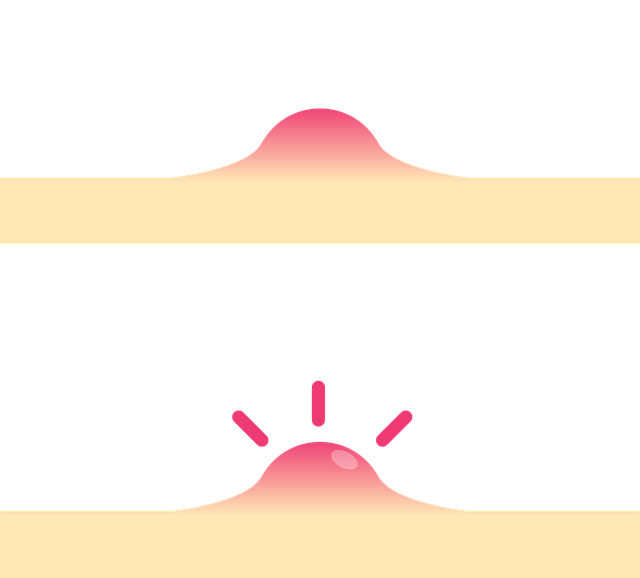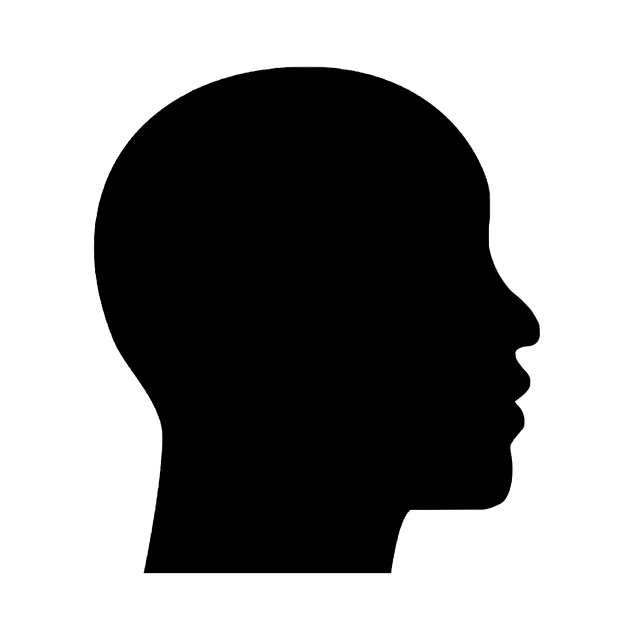RF Skin Resurfacing offers a non-invasive skincare solution using focused radio waves to stimulate collagen production and remodel skin structure. It's effective for wrinkles, scars, and tone issues with faster recovery times. Personalized plans consider skin type, damage severity, and goals. Techniques include RF, chemical peels, lasers, and microdermabrasion. Proper evaluation, device settings, and aftercare ensure safe, effective results. Combined with other treatments, RF Skin Resurfacing provides significant improvements in skin health and appearance. Patient safety and qualified professionals are key to success. Testimonials highlight remarkable transformations and emphasize personalized, cutting-edge treatments.
“Unveil your skin’s transformative potential with customized RF (Radio Frequency) skin resurfacing plans. This innovative technology offers a non-invasive approach to rejuvenating various skin concerns. Our comprehensive guide explores the cutting-edge of skincare, from understanding RF technology and its benefits to tailoring treatments for diverse needs. Learn how professional evaluation ensures personalized protocols, combining RF with other procedures for optimal results. Discover patient success stories, safety measures, and aftercare tips, as we delve into the world of RF skin resurfacing.”
Understanding RF Skin Resurfacing Technology

Radiofrequency (RF) skin resurfacing is a cutting-edge technology that has transformed the skincare industry. This innovative procedure utilizes focused radio waves to stimulate collagen production and remodel the skin’s structure, resulting in improved texture, reduced wrinkles, and enhanced overall skin tone. The RF energy penetrates deep into the dermis, targeting specific areas of concern while minimizing damage to the surrounding healthy skin tissue.
Compared to traditional ablative methods, RF skin resurfacing offers a non-invasive approach with faster recovery times. It is particularly effective for addressing fine lines, acne scars, and irregular skin texture. The technology heats the deeper layers of the skin, encouraging the body’s natural healing process to produce new collagen fibers, which tighten and firm the skin over time. This advanced technique has gained popularity due to its ability to provide noticeable results without the downtime associated with more aggressive resurfacing procedures.
Benefits and Types of Customized Plans

Customized skin resurfacing plans offer a multitude of benefits, catering to individual needs and preferences. These personalized approaches ensure that treatments are tailored to address specific skin concerns, whether it’s acne scars, fine lines, or age spots. By taking into account factors like skin type, severity of damage, and desired outcomes, professionals can design effective strategies using advanced techniques such as RF (Radio Frequency) Skin Resurfacing.
RF Skin Resurfacing, a popular choice in customized plans, employs low-intensity radio waves to stimulate collagen production and improve skin texture. This non-invasive procedure is ideal for those seeking gentle yet impactful results. Other types of customized plans may incorporate chemical peels, laser treatments, or microdermabrasion, each with its own advantages. Such tailored approaches not only enhance overall skin health but also provide longer-lasting effects, making them a preferred choice for many individuals aiming to achieve youthful, radiant skin.
Evaluating Skin Conditions for Personalized Treatments

Evaluating skin conditions is a meticulous process that forms the foundation for personalized skin resurfacing plans. Skilled estheticians and dermatologists employ various techniques to assess the unique needs of each client. This involves thoroughly examining the skin’s texture, tone, and any existing concerns like acne scars, fine lines, or sun damage. By understanding these specific conditions, professionals can tailor RF Skin Resurfacing treatments—a non-invasive procedure using radiofrequency energy to stimulate collagen production—to address individual goals.
Each person’s skin is distinct, and personalized plans recognize this diversity. Factors such as skin type, age, and overall health play a significant role in determining the most effective resurfacing techniques. For instance, younger skin might benefit from milder treatments focusing on gentle exfoliation, while older or sun-damaged skin may require more intensive procedures to achieve noticeable improvements. This individualized approach ensures that RF Skin Resurfacing treatments are not only safe but also optimized to deliver the best possible results.
Step-by-Step Guide to Creating a Resurfacing Protocol

Creating a customized skin resurfacing plan involves several key steps to ensure optimal results and patient satisfaction with RF Skin Resurfacing. First, assess the patient’s skin type, age, and specific concerns. This information guides selection of the appropriate device settings and treatment sequence. Next, clean the skin thoroughly to minimize bacteria and ensure optimal contact between the device and skin.
Then, apply a numbing agent as needed to reduce discomfort during the procedure. Position the RF Skin Resurfacing device according to the treatment area and desired depth of penetration. Begin the resurfacing process, monitoring patient comfort throughout. After completion, gently cleanse the treated area again and apply recommended post-procedure skincare products to support healing. Regular follow-ups are crucial to track progress and adjust the plan as needed.
Incorporating RF with Other Skincare Procedures

Incorporating Radio Frequency (RF) skin resurfacing into a comprehensive skincare routine can significantly enhance its effectiveness. RF Skin Resurfacing, a non-invasive treatment that uses targeted heat to stimulate collagen production and improve skin texture, pairs beautifully with other skincare procedures for optimal results. For instance, combining RF with chemical peels or laser treatments can offer synergistic benefits. Chemical peels help exfoliate the top layers of skin, removing dead cells and preparing the skin for RF treatment, which then promotes deeper penetration and rejuvenation. Laser treatments, on the other hand, can target specific skin concerns like pigmentation or fine lines, while RF enhances overall skin tone and elasticity.
This multi-modal approach ensures that each procedure complements the other, leading to more substantial and lasting improvements in skin health and appearance. A qualified dermatologist can tailor these combined treatments to individual needs, creating a customized skincare plan that addresses specific skin issues while enhancing the overall aesthetic.
Patient Safety and Aftercare Considerations

When considering RF Skin Resurfacing, patient safety is paramount. This advanced procedure involves using radiofrequency energy to stimulate collagen production and improve skin texture. As such, it’s crucial to ensure a sterile environment and qualified medical personnel to minimize risks like infection or scarring. Proper aftercare plays an equally vital role in achieving optimal results. Patients should be educated on post-procedure care, including the use of moisturizers, avoiding sun exposure, and adhering to prescribed medications. Regular follow-up appointments are essential to monitor healing and address any concerns promptly.
Comprehensive aftercare ensures not only patient comfort but also enhances the overall effectiveness of RF Skin Resurfacing. By prioritizing safety and following best practices, practitioners can offer a transformative experience tailored to individual needs, leaving patients with healthier, rejuvenated skin.
Success Stories: Transformative Results Achieved

In the realm of skincare, success stories often serve as a powerful motivator for those seeking transformation. Customized skin resurfacing plans, tailored to individual needs using advanced techniques like RF (Radio Frequency) Skin Resurfacing, have yielded remarkable results for countless individuals. These innovative treatments go beyond surface-level improvements, addressing deep tissue layers to promote collagen stimulation and skin rejuvenation.
Many patients share their transformative journeys, highlighting the significant changes in skin texture, reduced appearance of fine lines and wrinkles, and an overall rejuvenated complexion. Such success stories not only inspire but also underscore the importance of consulting with experienced professionals who can design personalized plans leveraging cutting-edge technologies like RF Skin Resurfacing for optimal outcomes.
